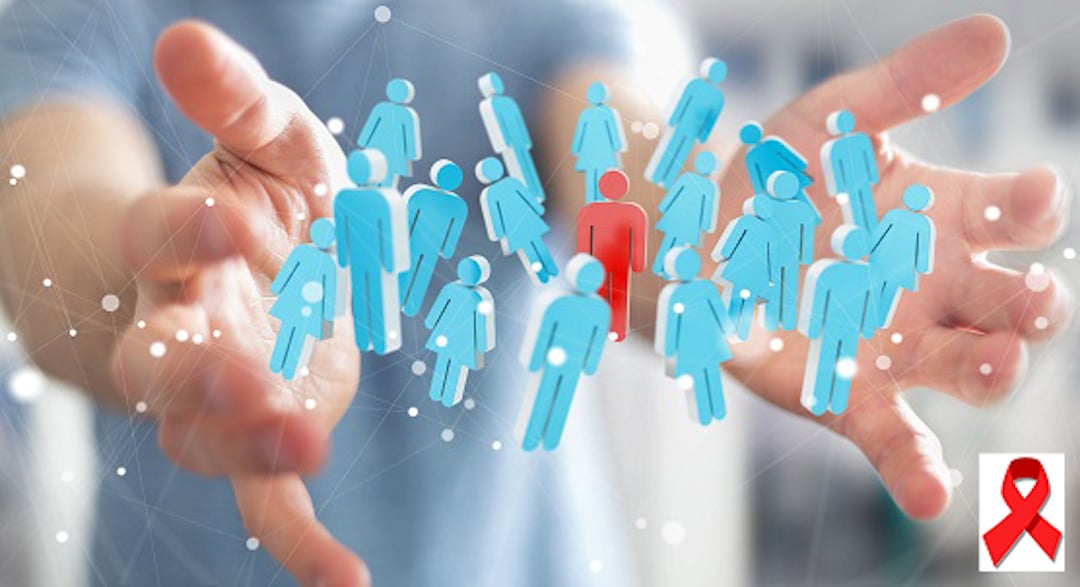HIV 10 – STIs

WHAT IS A STI?
STI stands for ‘sexually transmitted infection’. This is also called an STD (sexually transmitted disease). STIs are infections that pass from person to person through sex. This includes anal, vaginal or oral sex.2a,3a
Some STIs can also be spread through non-sexual means such as via blood or blood products. Many STIs – including syphilis, hepatitis B, HIV, chlamydia, gonorrhoea, herpes and HPV – can also transmitted from mother to child during pregnancy and childbirth.1h STIs are caused by bacteria, parasites or viruses. HIV is a viral STI.
SYMPTOMS MAY INCLUDE:
- Painful urination
- Painful sex
- Unusual discharge from the vagina or penis
- Fever
- Itching or discomfort in the genital area
Not all people have symptoms and may be asymptomatic. In this instance, STIs can still be transmitted to other people regardless of the presence of symptoms in an infected person.2c
TREATMENT
Untreated STIs can cause serious complications:3d

WHAT IS THE CONNECTION BETWEEN HIV AND OTHER STIS?
Here is why:

WHAT ELSE CAN BE DONE?
Interventions such as male circumcision and vaginal microbicides show some promise in being effective against viral STIs.1j
| Even STIs with no symptoms can cause complications, be transmitted (spread) to sexual partners, and enhance the risk of HIV transmission.4a It is therefore important that all people living with HIV get regularly tested and treated for STIs.4b |
DID YOU KNOW?
